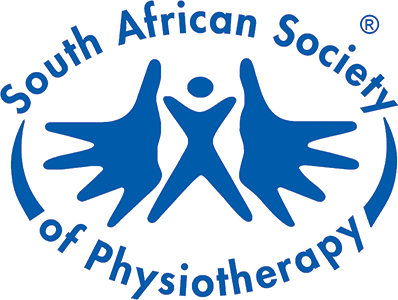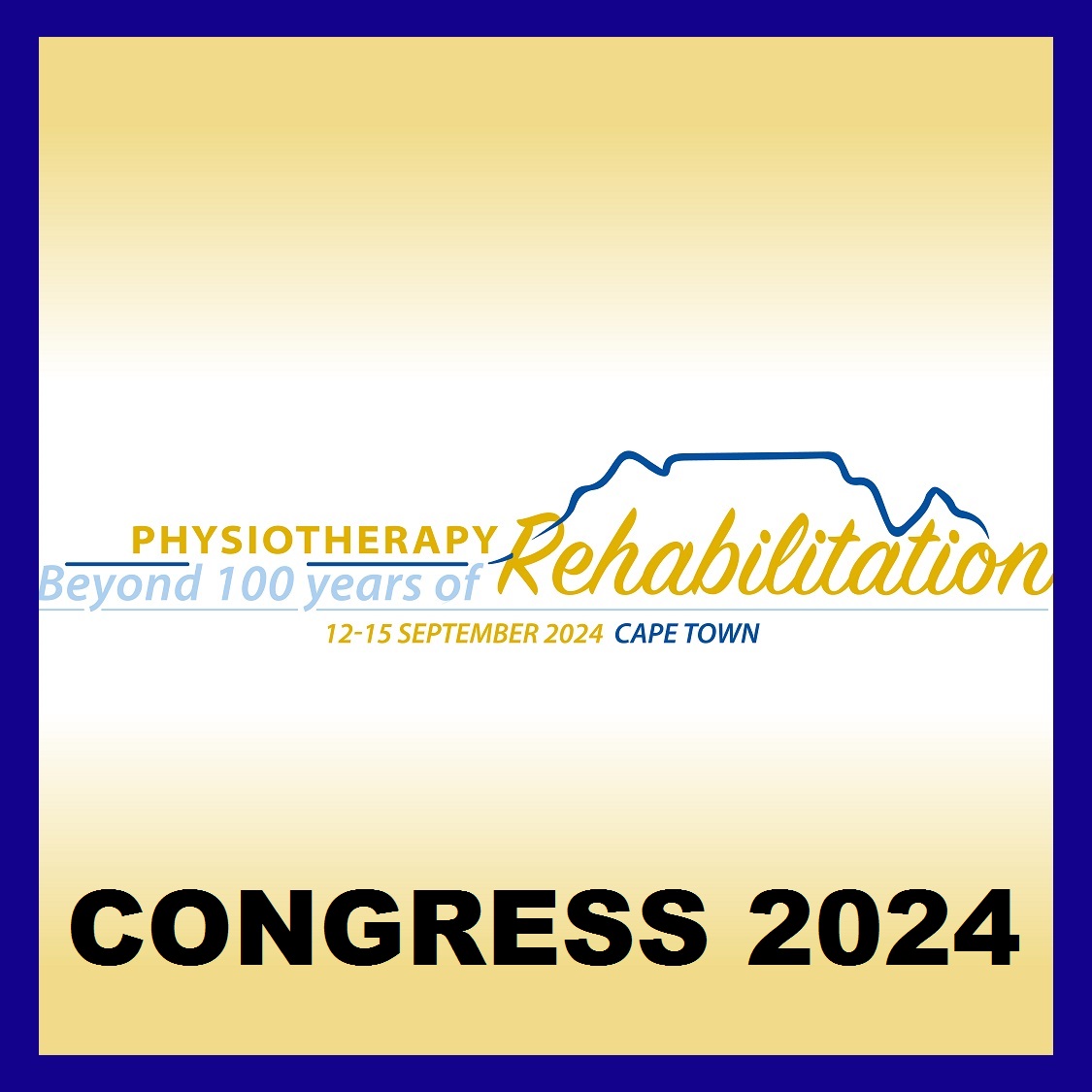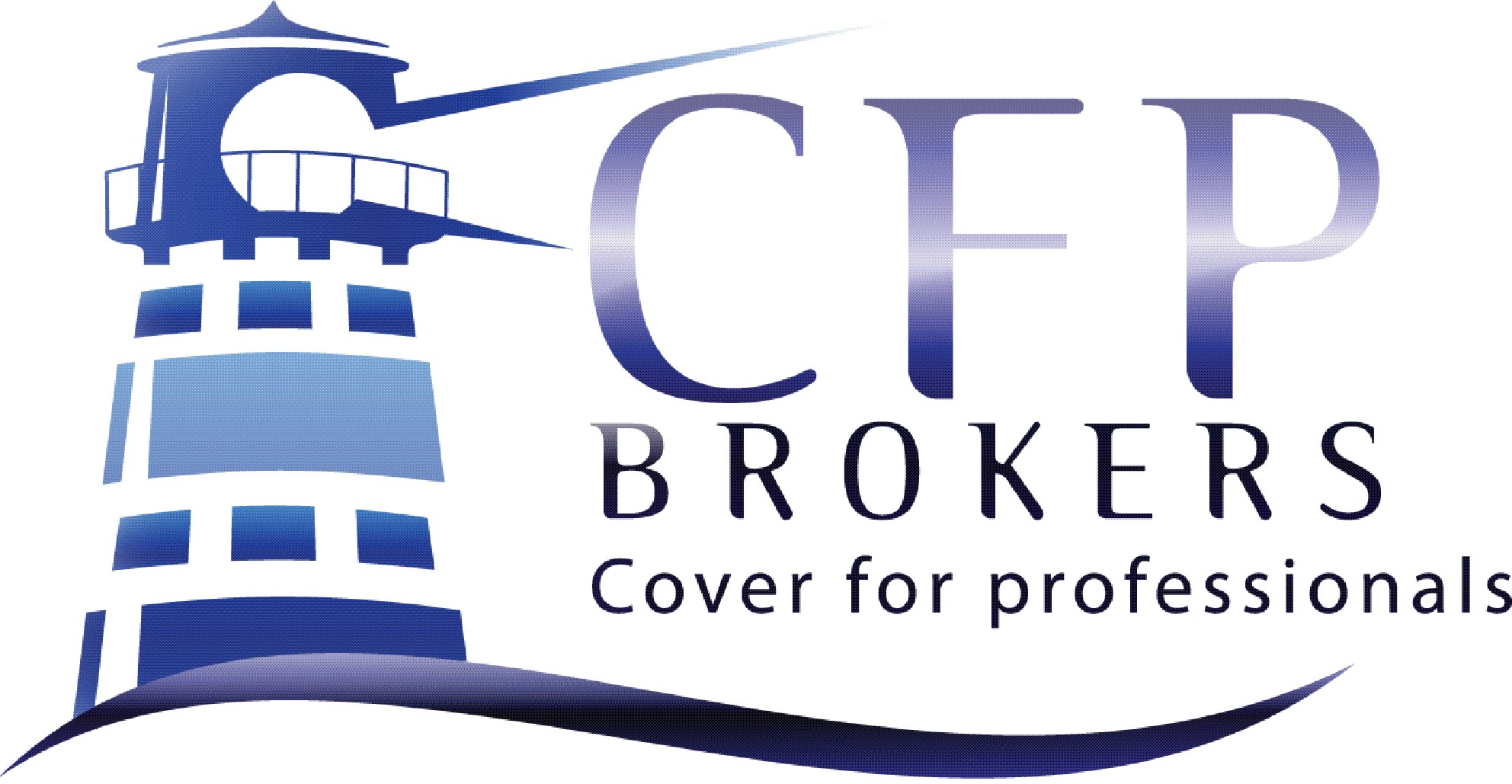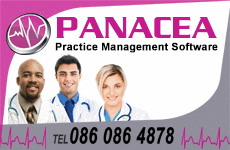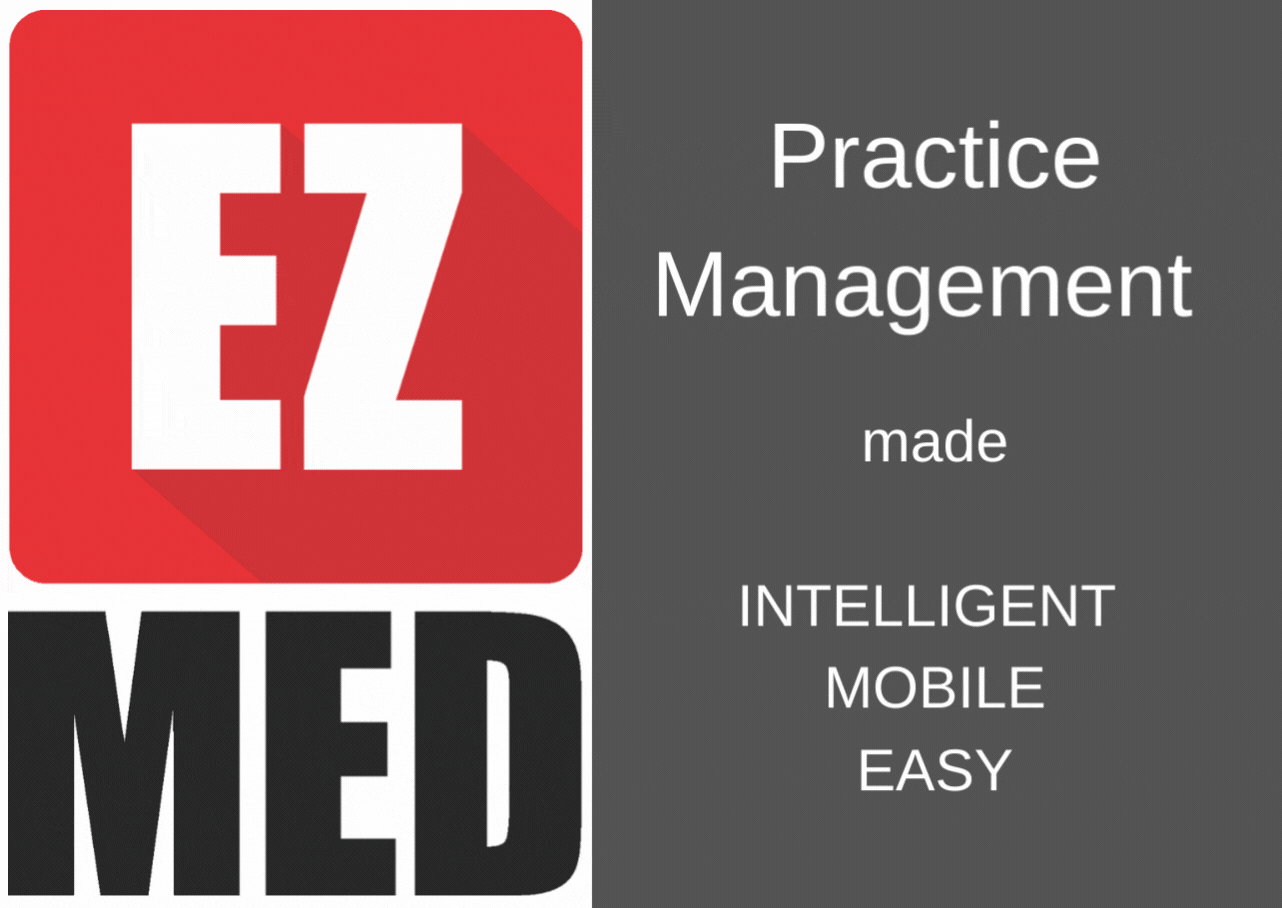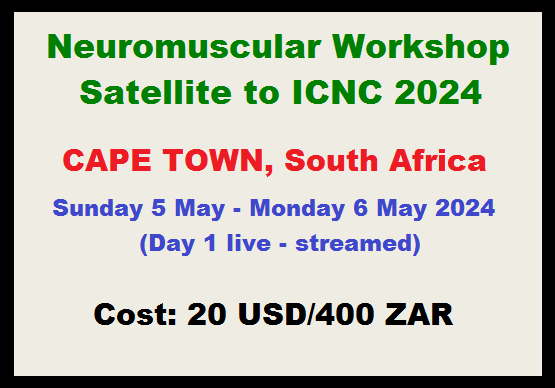In recent times more patients attending physiotherapy for all regions of back pain receive dry needling and or acupuncture to ease their symptoms and improve their mobility, function and mood (which in turn affects their coping abilities). Acupuncture is one of the many interventions provided within complimentary and alternative medicine (CAM) and is now widely known as a modality within integrative medicine (IM) by the international community1.
‘Acupuncture’ refers to the insertion of a solid needle into any part of the human body for disease prevention, therapy or maintenance of health2. The most studied mechanism of stimulation of acupuncture points employs penetration of the skin by thin, solid, metallic needles, which are manipulated manually or by electrical stimulation2.
Myofascial pain is a common source of back pain and dysfunction. The literature on myofascial trigger points (mTrP) is extensive. Most back pain according to Gunn arises from subtle pressures on spinal nerve roots resulting in supersensitivity in the structures innervated by the affected nerve roots. Gunn uses acupuncture and western medical pathoanatomical models to guide therapy3. Janet Travell and David Simons, among others, have written detailed works elucidating the muscles most commonly affected and their mTrPs4. If the pressure on nerve roots is substantial then nerve root compression occurs. This may manifest with increased muscle spasm, inflammatory changes with and without motor (tight bands in affected muscles), sensory (with pain that may be spontaneous or may occur in response to non-painful stimulus) responses and autonomic symptoms (with pilomotor, sudomotor and vasomotor phenomena in myotomal patterns)5.
Fascia is a web of connective tissue that surrounds each muscle fibre . This connective tissue also surrounds, separates and connects all our organs and allows them to slide past one another when necessary. Langevin, of Harvard University, has studied acupuncture and connective tissue (fascia) extensively. He has demonstrated that inserting acupuncture needles into muscle fascia stimulates fibroblasts in the fascia to realign themselves6. Nielsen found that acupuncture, among other techniques such as massage, roller etc (in diminishing order) induces anti-inflammatory effects. That is it leads to cytokine secretion that then induces nitric oxide with improved microperfusion (under the skin), platelet function, pain perception and wound repair7.
Patients with back pain usually have pain due to muscle spasm, inflammation and lack of mobility. Acupuncture has the capacity to effectively and rapidly relieve these symptoms.
References:
1. Integretive Pain Medicine: A Holistic Model of Care In; IASP: Pain Clinical Updates May 2014.
2. http://www.library.nhs.uk/cam/ViewResource.aspx?resID=125440
3. Gunn CC, Milbrandt WE, Little AS, Mason KE. Dry needling of muscle motor points for chronic low back pain: a randomized clinical trial with long term follow-up. Spine(Phila Pa 1976) 1980;5:279-91.
4. Simons DG, Travell J. Travell and Simons’ myofscial pain and dysfunction: the trigger point manual. Vol. 1. Upper half of body, 2nd ed. Baltimore Williams and Wilkins, 1999.
5. Cannon WB, Rosenbluth A. The supersensitivity of denervated structures New York MacMillan 1949.
6. Langevin HM. Connective tissue: a body wide signaling network? Med Hypotheses 2006;16:2471-8.
7. Nielsen A. Gua Sha: A Traditional Technique for Modern Practice Elsevier Health Sciences 2013.
